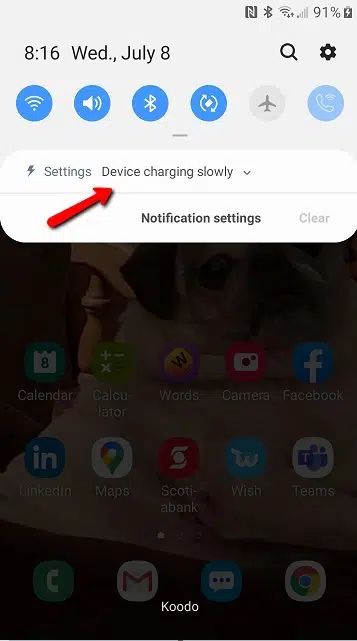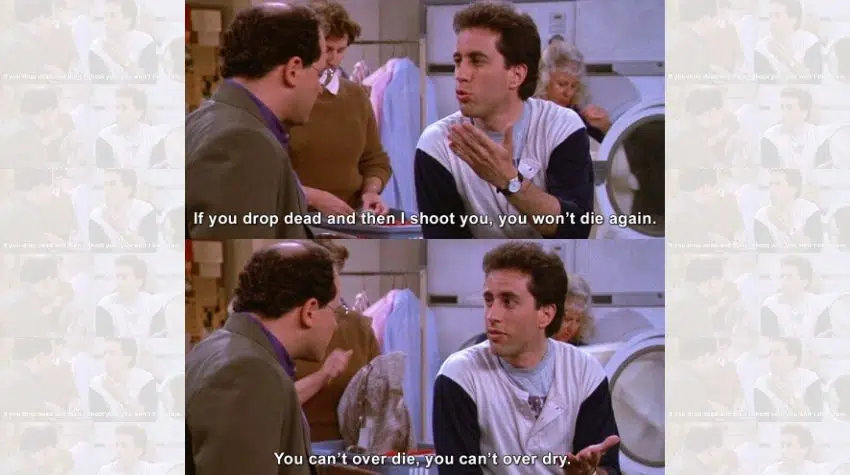We all forget stuff. I forgot how old my Mom was a few days ago, so I just put “Happy 35th birthday” in a card and called it quits.
Everyone laughed, and now I’m out of the will.
Maybe you’re forgetful, too. Are you reading this with only 9% battery because you forgot to charge your device last night? Are you hoping one of your co-workers has a cable you can borrow?
Let’s say you have a Samsung A10. Adam over there has a cable he picked up at the gas station for $2 that he’s using to charge is iPhone 7. Marcus has the original cable that came with his Huawei Mate 30 Pro.
So who's it going to be? Which phone charger should you borrow?
First, let’s explore what’s actually inside a phone charger cable.
What's in a phone charger cable?
A lot of engineering goes into cables – they’re not just strings of metal wrapped in rubber with an end that fits in your phone.
Inside the little plastic “heads” of OEM cables are small circuit boards and resistors. These not only protect your data, but also protect your device from surges. They’re there to make sure the cable is operating at peak efficiency.
Adam’s gas station cable is so cheap because it likely doesn’t have any of those circuit boards, whereas Marcus’ cable does.
Since neither cable is designed specifically for your Samsung A10, why does any of this matter?
Yesterday’s phone charging cables
On Google’s Pixel, Pixel XL, Nexus 6P and 5X devices, released in 2016/17, the cables were built with a 56k ohm resistor. Without it, unregulated electrical current coming from an uncertified third-party charger, or from the USB ports on a Mac or Windows machine, could spike. This would cause the battery to begin rapidly combusting!
Yes, older devices paired with cheap charging cables could begin smoking and melting. They could even spark a small fire!
Worst of all, because you were using an uncertified charger, you voided your warranty, leaving you on the hook to cover the loss.
Apple & Android chargers
With most Android and Apple devices, charging is a little less dangerous.
Apple devices can detect non-certified cables and refuse to charge or sync data.
With Android devices, all cables will accept a charge, and most will allow data to sync. However, Android limits the charge to the lowest possible setting -- typically 5W.
This is known as “trickle charging.” It works, but it’s slow.

Wireless Chargers
So what about wireless chargers? Since there’s no cable plugging into your phone, it shouldn’t make a difference which charger your use, right?
Technically, that’s true, there’s no cable plugging into your phone. But there is a cable connecting the charger to a USB port, or into a wall adapter.
Old wireless chargers topped out at 5W, but today they’re up to as much as 15W. Still, the speed at which your device charges may be limited to the lowest electrical current available.
For example, if you use a 5W adapter with a 15W charging pad, you may only get the 5W charge.
Similarly, if you use a 10W charging pad with a Samsung Galaxy S20, which is capable of charging at up to 15W, your phone may still charge at the 10W electrical current.
Am I using the right charger?
How do you know if what you’re buying and using is a high-quality, certified phone charger?
Simple.
Apple clearly prints “Made For iPhone” or “MFi” on the outside of the cable. All USB-C cables, designed for newer Android devices, read “Compliant C cable – 56k” or something similar.
All Micro and Mini USB cables for older Android devices won’t have identifiable characteristics. But they don’t require a strong electrical current to charge, so most any will be fine.
Which cables will over-charge my battery?
None. It’s a myth. There’s no such thing as over charging a battery. Once it’s charged, it’s charged.

Which chargers will ruin my battery?
Damaged chargers and cheap, counterfeit chargers might kill your battery. But generally speaking, mixing and matching cables won’t harm your battery. At least not when it comes to new phones.
You may just be reduced to the trickle charge we mentioned earlier.
Phones like Huawei and OnePlus use proprietary circuitry to deliver a fast charge. That means you have to use the charger that comes with your phone if you want to take full advantage of their quick-charge capabilities.
Note: OnePlus Nord is set to release July 21, 2020, and is available for pre-order.
If you’re not sure which chargers are safe for your device, or if you have any other questions about your mobile device, batteries or chargers, give us a call at 705-739-2281. We can help.

